
The Royal Welch Fusiliers (Welsh: Ffiwsilwyr Brenhinol Cymreig) was a line infantry regiment of the British Army, and part of the Prince of Wales's Division, that was founded in 1689; shortly after the Glorious Revolution. In 1702, it was designated a fusilier regiment and became the Welch Regiment of Fusiliers; the prefix "Royal" was added in 1713, then confirmed in 1714 when George I named it the Prince of Wales's Own Royal Regiment of Welsh Fusiliers. In 1751, after reforms that standardised the naming and numbering of regiments, it became the 23rd Regiment of Foot (Royal Welsh Fuzileers). In 1881, the final title of the regiment was adopted.

During the Second World War, the Royal Netherlands Motorized Infantry Brigade, later known as the Princess Irene Brigade was a Dutch military unit initially formed from approximately 1,500 troops, including a small group guarding German prisoners-of-war, who arrived in the United Kingdom in May 1940 following the collapse of the Netherlands. Elements of this force became the nucleus of what was originally called the "Dutch Legion."

In some militaries, foot guards are senior infantry regiments. Foot guards are commonly responsible for guarding royal families or other state leaders, and they also often perform ceremonial duties accordingly, but at the same time are combat soldiers.

Fusilier is a name given to various kinds of soldiers; its meaning depends on the historical context. While fusilier is derived from the 17th-century French word fusil – meaning a type of flintlock musket – the term has been used in contrasting ways in different countries and at different times, including soldiers guarding artillery, various elite units, ordinary line infantry and other uses.
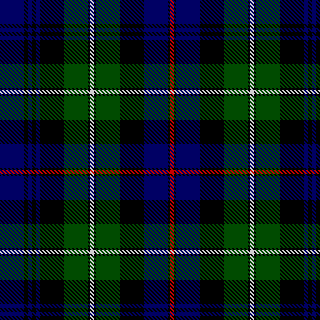
The Royal Highland Fusiliers, 2nd Battalion, Royal Regiment of Scotland is an infantry battalion of the Royal Regiment of Scotland.

A bearskin is a tall fur cap derived from mitre caps worn by grenadier units in the 17th and 18th centuries. Initially worn by only grenadiers, its usage was extended to several other military units in the 19th century. The bearskin cap continued to see use in battle during the mid-19th century, although by the 20th century, it was only used for parade dress. In the 21st century, the bearskin cap is retained by select military units as a prominent element of their ceremonial and full dress uniforms.
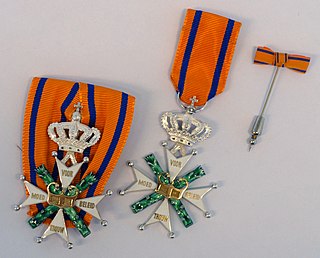
The Military William Order, or often named Military Order of William, is the oldest and highest honour of the Kingdom of the Netherlands. It is named after St. William of Gellone (755–814), the first Prince of Orange. Its motto is Voor Moed, Beleid en Trouw. The chivalric order was established on 30 April 1815 by King William I and was presented for feats of excellent bravery on the battlefield and as a meritorious decoration to senior military officers. Comparable with the French Légion d’Honneur but far less often awarded, it is open to everyone regardless of rank or nobility—not only to Dutch military, but also to foreigners. To date, membership in the Order is extremely rarely awarded, and only for exceptional bravery in battle.

The Grenadiers and Rifles Guards Regiment is a regiment of the Royal Netherlands Army; along with the Garderegiment Fuseliers Prinses Irene it is one of the two Dutch Guard regiments.
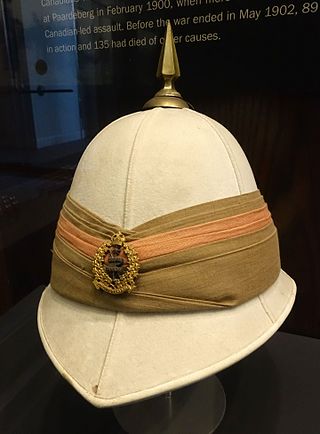
The pith helmet, also known as the safari helmet, salacot, sola topee, sun helmet, topee, and topi is a lightweight cloth-covered helmet made of sholapith. The pith helmet originates from the Spanish military adaptation of the native salakot headgear of the Philippines.

A royal guard or the palace guard, is a group of military bodyguards, soldiers or armed retainers responsible for the protection of a royal family member, such as a king or queen, or prince or princess. They often are an elite unit of the regular armed forces, or are designated as such, and may maintain special rights or privileges.

Red coat, also referred to as redcoat or scarlet tunic, is a military garment formerly much used by most regiments of the British Army, so customarily that the term became a common synecdoche for the soldiers themselves.

The uniforms of the British Army currently exist in twelve categories ranging from ceremonial uniforms to combat dress. Uniforms in the British Army are specific to the regiment to which a soldier belongs. Full dress presents the most differentiation between units, and there are fewer regimental distinctions between ceremonial dress, service dress, barrack dress and combat dress, though a level of regimental distinction runs throughout.

Multi National Base Tarin Kot is a former International Security Assistance Force (ISAF) installation, used after the Netherlands Armed Forces' departure by the Afghan National Army. The base was located on the outskirts of Tarinkot, the capital of Uruzgan Province in southern Afghanistan.

The 13th Light Brigade is one of the three combat brigades of the Royal Netherlands Army, the other ones being 11th Airmobile Brigade and 43rd Mechanised Brigade. The brigade is a fully motorised brigade, equipped with Fennek, Boxer and Bushmaster wheeled, armoured vehicles.

A military tunic is a type of medium length coat or jacket, the lower hem of which reaches down to the thighs all the way round. It is named after the tunic, a garment of similar length worn in Ancient Rome.
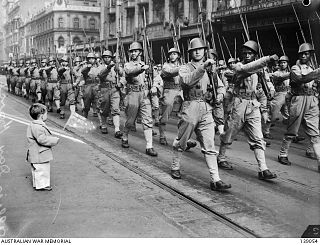
The Free Dutch Forces refers to the Dutch military formations of the Dutch government-in-exile and its colonies that were formed to fight alongside the Western Allies against Nazi Germany and its allies during World War II following the Dutch surrender in May 1940.

The current structure of the Royal Netherlands Army is as follows:
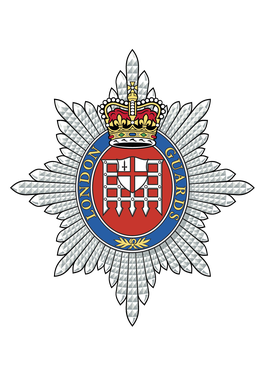
The London Guards is a formation within the British Army comprising the reserve companies of the Grenadier, Coldstream, Scots and Irish Guards. On formation these companies drew their personnel from the London Regiment and it traces its history back to the formation of that regiment in 1908 when 26 separate Volunteer Force battalions were brought together. The London Guards is not a regiment, the companies wear the uniform, and follow the traditions, of their foot guards regiment.





















